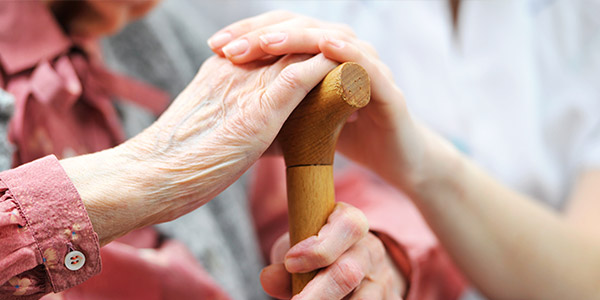Creating the best possible quality of life when you have a serious illness: That’s the core goal of both palliative care and hospice
“Palliative care and hospice are really not about death,” Suzanne Pertsch, M.D., medical director of Palliative Care at Mills-Peninsula, says. “They’re about living each day to the best of your ability given the circumstances that confront you.”
Both take a whole-person approach to relieving the symptoms and stress of illness, but they focus on different stages. Palliative care can address any stage of a serious illness and can include disease treatment. Hospice serves people who have stopped treatments to cure or reverse a disease and who likely have six month or less to live. You have access to palliative care and hospice at any age.











